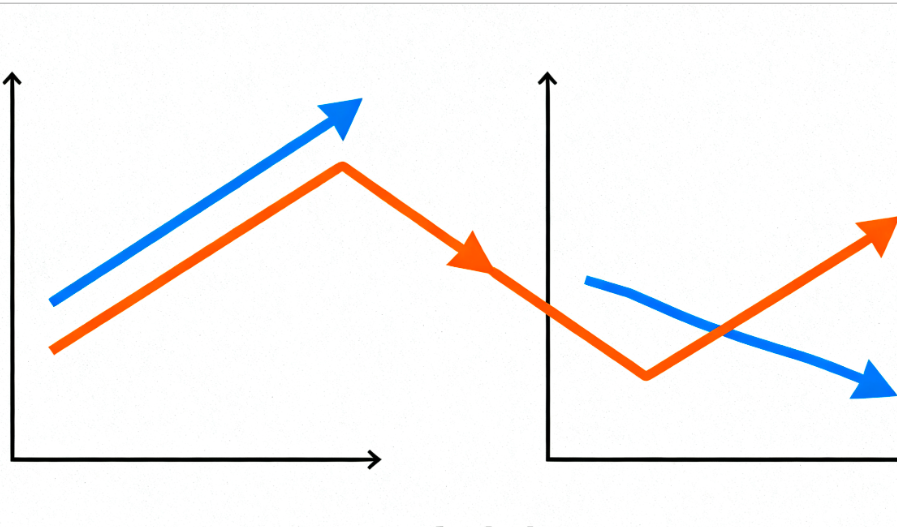
Last Friday, the US announced a 100% tariff on all Chinese imports effective November 1st, triggering a risk-off wave across major markets. The S&P 500 fell 2.9%, the VIX volatility index surged from 16 to 22, and the 10-year Treasury yield dropped from 4.14% to 4.05%. Investors rapidly de-risked, shifting to defensive allocations, driving gold prices higher. Digital currencies were also hit hard. The total open interest before the event reached $220 billion, and within just a few hours, $19 billion in leveraged positions were liquidated, setting a record for the largest single-day liquidation in history.
Below are our observations on the spot perpetual and options markets.
-
Spot Market
Based on aggregated data from centralized exchanges, we saw rapid and synchronized selling. Most centralized exchange trading pairs bottomed within 55 minutes (20:40 to 21:35 UTC). The intense price volatility quickly led to a drying up of overall market liquidity. Liquidity quickly returned as prices recovered from the lows.
Based on aggregated exchange data for the top 50 cryptocurrencies, we observed:
-
The median drawdown reached -54%, with over 90% of tokens falling more than 10%. BTC (-11%) and ETH (-13%) showed the strongest resilience, while mid and small-cap assets experienced peak drawdowns of 60-80%.
-
Nearly all tokens bottomed around 21:20 UTC during the global liquidation wave, followed by a sharp rebound as forced selling subsided, with an average bounce of +84% within 30 minutes.
-
Losses were negatively correlated with market cap size: Based on the GMCI30 index, large-cap coins fell by an average of -27%, while small-cap coins fell by an average of -52%. Order book conditions normalized within an hour, with capital flowing back to BTC, ETH, and major Layer 1 tokens, while the rebound in small-cap tokens lagged.
-
The overall bid-ask depth on centralized exchanges decreased by approximately 65% during the trough but recovered to over 90% of pre-event levels within 35 minutes as quote frequency and spreads normalized. Although liquidity was provided during this period, the spread between quotes and the mid-price widened significantly.
-
Options Market
Following the shock of the US tariff policy announcement on Friday, BTC futures positioning quickly shifted defensive, with traders scrambling for downside protection, driving total options volume to a record high.
Data covering 24-hour activity during the tariff headline and market selloff shows panic hedging dominated flows, with short-dated put options being actively bid. By Saturday, market sentiment shifted. As BTC stabilized around $115,000, trading strategies pivoted to volatility harvesting and range trading, profiting by selling call options and shorting calendar spreads.
Volatility surged due to hedging demand. 7-14 day implied volatility jumped 20-25 points. Put options with strikes between $105,000 and $115,000 traded at a 10-15 volatility point premium to calls, marking one of the largest single-day front-end option volatility increases on record.
Options volume hit a record high, concentrated in October expiry contracts. Approximately 70% of the premium flow went into put options below $115,000, highlighting strong demand for downside protection. 24-hour trading volume on Deribit doubled the previous record.
On Saturday, flows reversed to volatility selling. Traders sold call options and strangles in the $118,000-$130,000 range, compressing 1-week implied volatility from 63% to 51%, indicating the market quickly judged the tariff shock as a short-term disruption.
-
Perpetual Swap Market
During Friday's market crash, both centralized and decentralized perpetual swap markets were severely tested, with hundreds of millions of dollars in leveraged positions liquidated within minutes. Centralized exchanges saw record liquidation volumes and temporary liquidity gaps, while on-chain DEX perpetuals faced stress on liquidation systems and treasury funds. However, major DEX platforms maintained normal operation and solvency throughout. This event served as a real-world stress test for the resilience of on-chain trading and margin systems.
Due to some users employing long-short spread strategies, their short positions encountered Auto-Deleveraging (ADL), causing their positions to temporarily deviate from neutral. Subsequently, their long positions faced liquidation as prices continued to fall. Over 1000 wallets on the Hyperliquid platform were automatically deleveraged, which might have been one of the triggers for this cascading liquidation event.
Taking HYPE, which suffered the most severe liquidation across the network, as an example, its liquidation volume reached $10.3 billion:
This liquidation triggered the first cross-margin Auto-Deleveraging (ADL) event on a major DEX perpetual platform. This mechanism is designed to mitigate risk by closing part of the positions of profitable traders when the backup insurance fund is depleted.
Gas usage soared to a historical peak of 105K, approximately three times the daily average since March and twice the previous high, reflecting the surge in on-chain liquidation and trading activity during the event.
Looking at centralized exchanges:
Open Interest was severely impacted, with most contracts shrinking by about half during the crash, indicating a comprehensive leverage shock.
Funding rates turned sharply negative, a mechanical move driven by liquidations rather than position adjustments. Recovery over the weekend was only partial, with funding rates for most of the top 100 tokens remaining below average levels.
All of this serves as a reminder: In the cryptocurrency market, risk management and leverage control are crucial. We must be prepared for unexpected events.
















